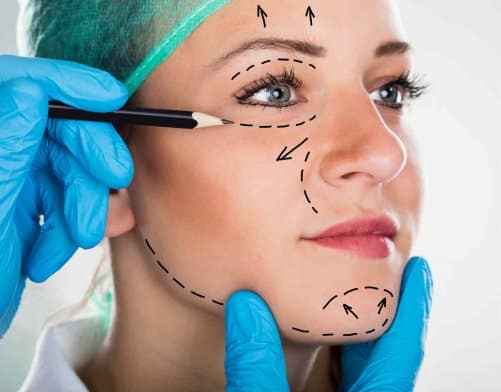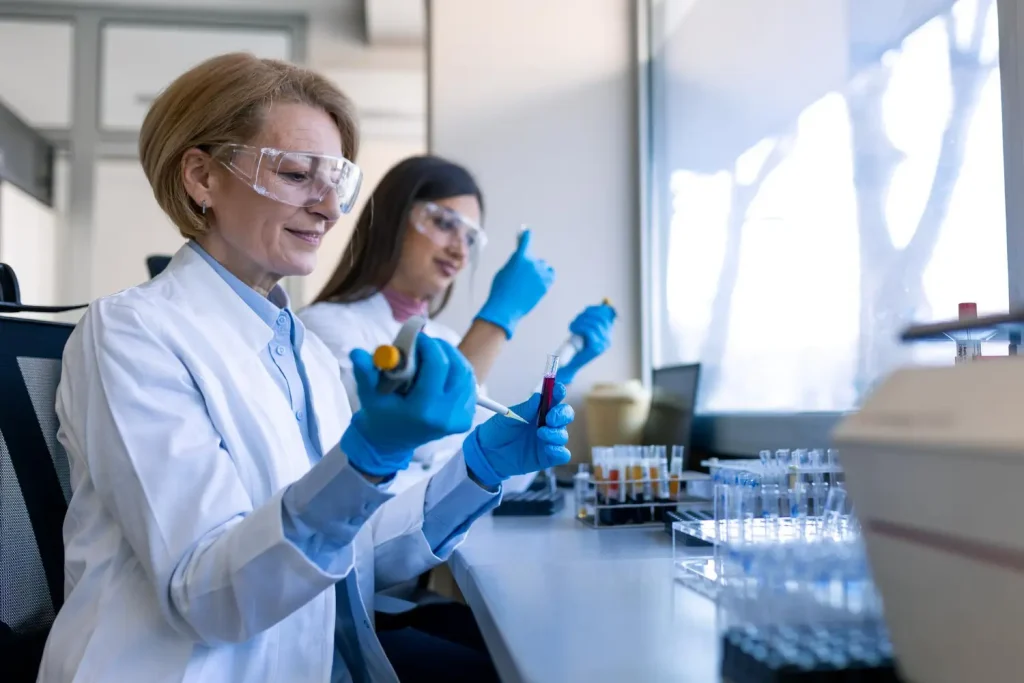As plastic surgery trends change over time, it is vital to keep up with the most popular treatments. Often this includes newer procedures, such as fat-dissolving injections, but sometimes the old standards make a comeback too. That seemed to be the case in 2016, according to a report from the American Society of Plastic Surgeons (ASPS).
The ASPS gathers their statistics from more than 7,000 plastic surgeons in the U.S., through surveys and a plastic surgery procedure database. Since this data represents the majority of cosmetic surgery procedures in the country, the report provides a good idea of which procedures are trending up, and which are falling out of favor. Some of these trends are not surprising, such as the persistence of botulinum toxin injections as the most popular minimally-invasive procedure, but some trends seem surprising. This is the case with facelifts in 2016.
Although facelifts were once the go-to plastic surgery procedure for those wanting to turn back the hands of time, these surgical procedures began to lose popularity as women, and men, discovered minimally-invasive options such as botulinum toxin and dermal filler injections. In the year 2000, surgeons in the U.S. performed 133,856 facelift, called rhytidectomy, procedures. By 2015, this number had dropped to 125,711 even as the overall number of cosmetic procedures continued to rise. The shift seemed to be away from surgical procedures, down to 1,715,244 in 2015 versus 1,901,049 in 2000, toward minimally-invasive procedures, up to 14,969,785 from just 5,500,446 in 2000. Judging by these numbers, one could predict that facelifts would continue to drop even as dermal filler injections took plastic surgery clinics by storm.
Despite this drop, it seems it is much too early to count facelifts out of the race. Despite the decline through to 2015, there were actually more facelift procedures in 2016, at 131,106. That’s a 2% drop from the year 2000 but a 4% increase between 2015 and 2016. This puts facelifts back in the top five most popular cosmetic surgical procedures, along with, not surprisingly, breast augmentation at 290,467 procedures, up 4% from the previous year; liposuction at 235,237 procedures, up 6% from the previous year; nose reshaping at 223,018 procedures, up 2% from the previous year; and eyelid surgery at 209,020 procedures, up 2% from the previous year. Combining both surgical and minimally-invasive procedures in 2016, there were a total of 17,192,816 cosmetic procedures in the U.S. That is up 3% from the year 2015 and a whopping 132% from the year 2000.
Facelifts date back to the early 1900s, when an elderly, aristocratic lady asked her doctor for a cheek lift. To perform the facelift, a plastic surgeon will first separate the skin from connective tissue and muscles under general anesthesia. The surgeon can then reposition deep facial tissues and remove jowls and excess skin. After the surgeon puts the skin back into place, the face will have a tighter, more youthful appearance free of wrinkles and sags. There are different types of facelifts, targeting the whole face or smaller areas.
Even though it is common knowledge that botulinum toxin injections and dermal fillers have in recent year exploded in popularity, having a leading role to make plastic surgery to be less taboo, they do have their limitations. These injections produce results that can last a few months up to a couple of years, but do not provide the associated long-term results of an actual facelift. Another important aspect is that although specialists can use them to correct the appearance of wrinkles or restore volume to aging/aged skin, the fillers can only perform to a certain extent. At some point, the appearance of age will progress well past what dermal fillers can resolve, leaving patients to turn to facelift surgery should they want to upkeep a more youthful appearance.
The statistics show facelifts are regaining their popularity, but the reasons are not clear. Perhaps as dermal fillers have become less taboo, more people opted for these procedures, but as those people age, they are discovering they need more invasive measures to maintain the results. Whatever the case, it seems that facelifts are not falling out of favor any time soon.
Facelifts are regaining popularity, but less-invasive injections are also continuing to grow. Botulinum toxin injections, such as Botox®, Dysport®, and Xeomin®, remain the most-popular minimally-invasive treatment, at 7,056,255 procedures in 2016. This is up 4% from 6,757,198 in 2015 and up a staggering 797% from 786,911 in the year 2000. These injections use a neurotoxin to temporarily paralyze muscles, relaxing the look of facial wrinkles for about four months.
Hyaluronic acid injections, such as Juvederm®, Restylane®, and Belotero®, are also still increasing. From 2015 to 2016, the number of injections increased 3%, from 1,951,692 to 2,012,672. These treatments use hyaluronic acid to hold moisture within the skin, adding volume that lasts from six months up to eighteen months. Similar injections use microspheres to add volume and stimulate collagen growth, but these injections seem to be losing some popularity. Calcium hydroxylapatite, called Radiesse®, injections fell from 256,256 in 2015 to 242,563 in 2016, a 5% drop. Polylactic acid, called Sculptra®, injections were down from 130,089 in 2015 to 125,044 in 2016, a 4% reduction. Overall, soft tissue filler injections are up 2%, from 2,550,987 in 2015 to 2,600,868 in 2016, which is a huge 298% increase from the 652,885 treatments in the year 2000. Even as some of the older dermal filler types lose ground, the newer hyaluronic acid fillers continue to rise in popularity, keeping soft tissue fillers as the second-most popular minimally-invasive procedure in 2016. Rounding out the top five minimally-invasive treatments are chemical peels, at 1.36 million procedures, a 4% gain since 2015; laser hair removal, at 1.1 million procedures, down 1 percent from the previous year; and microdermabrasion, at 775,000 procedures, down 3% from 2015.
If you are interested in learning more about dermal filler injections, or to purchase the most popular brands and the up-and-coming brands, visit MedicalSpaRX.com. Learn how you can save with low wholesale prices on Juvederm® Volift with Lidocaine, Restylane® Skinboosters™ Vital Light, Belotero® Balance, Fillmed and much more.




















